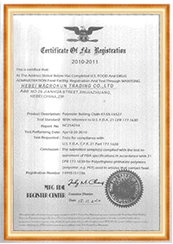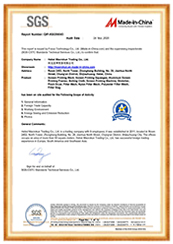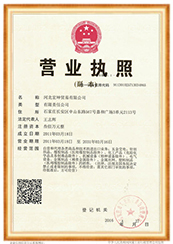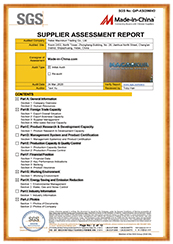In the world of laboratory testing and analysis, accuracy is paramount. Researchers and scientists rely on precise measurements and data to draw conclusions and make informed decisions. One crucial aspect of achieving this accuracy is the filtration of samples before analysis. Proper filtration ensures that unwanted particles and impurities are removed, allowing for more accurate results.
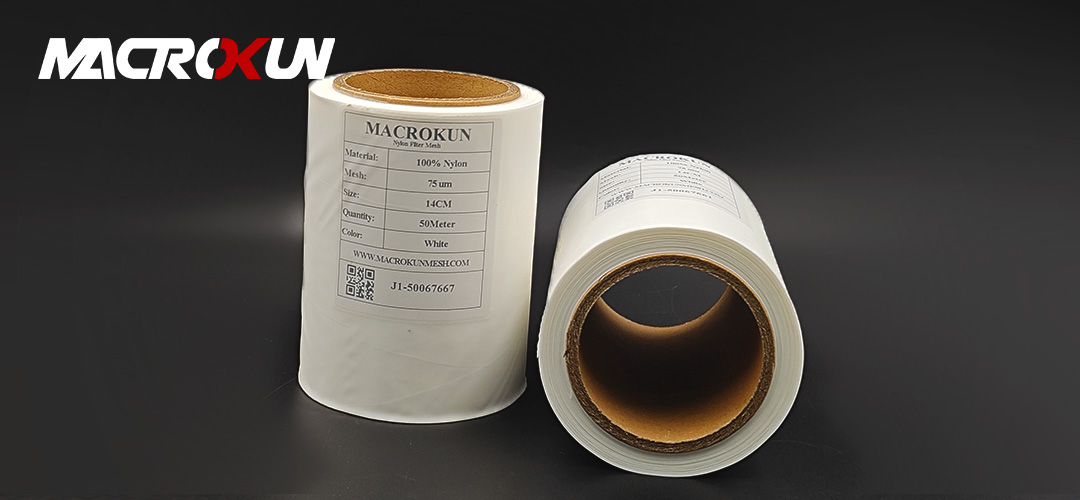
One material that has been gaining popularity in the laboratory setting for sample filtration is Nitex nylon mesh. This innovative material offers a number of benefits that can enhance laboratory accuracy and efficiency. Nitex nylon mesh is a durable and versatile material that is ideal for a wide range of filtration applications. Its fine mesh structure allows for the efficient removal of particles while still allowing for the passage of liquids or gases.
One of the key advantages of using Nitex nylon mesh for sample filtration is its uniformity and consistency. The mesh is manufactured using precise techniques that result in a consistent pore size and distribution throughout the material. This uniformity ensures that all particles above a certain size are captured during filtration, leading to more reliable and reproducible results.
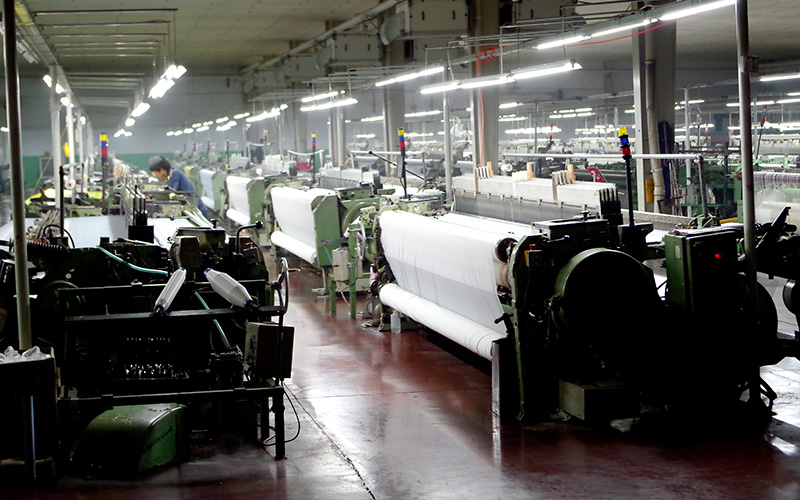
Additionally, Nitex nylon mesh is highly resistant to chemicals and solvents, making it suitable for a variety of laboratory applications. This resistance allows researchers to filter samples containing harsh chemicals without worrying about the mesh degrading or becoming damaged. This durability ensures that the mesh maintains its integrity throughout the filtration process, further enhancing the accuracy of the results.
Another benefit of using Nitex nylon mesh for sample filtration is its flexibility and ease of use. The material can be easily cut to size and shaped to fit different filtration setups, making it adaptable to a variety of laboratory equipment. This flexibility allows researchers to customize their filtration process to meet the specific requirements of their experiments, leading to more precise and accurate results.
Furthermore, Nitex nylon mesh is easy to clean and maintain, reducing the risk of contamination between samples. The material can be quickly rinsed and sterilized between uses, ensuring that each sample is filtered under optimal conditions. This cleanliness and sterility help to prevent cross-contamination and ensure the accuracy of the results obtained from each sample.
In conclusion, Nitex nylon mesh offers a number of advantages that can enhance laboratory accuracy and efficiency. Its uniformity, durability, resistance to chemicals, flexibility, and ease of use make it an ideal material for sample filtration in a variety of laboratory settings. By using Nitex nylon mesh for sample filtration, researchers can ensure that their results are reliable, reproducible, and free from contamination. This innovative material is a valuable tool for enhancing laboratory accuracy and advancing scientific research.
In the world of laboratory research, accuracy is paramount. Every detail matters, from the equipment used to the materials being tested. One often-overlooked aspect of laboratory accuracy is airflow control. Proper airflow control is essential for maintaining consistent conditions within a laboratory setting, which can directly impact the results of experiments. This is where Nitex nylon mesh comes into play.
Nitex nylon mesh is a versatile material that is commonly used in laboratory settings for a variety of applications, including filtration, sieving, and airflow control. Its unique properties make it an ideal choice for enhancing laboratory accuracy.
One of the key benefits of Nitex nylon mesh is its ability to provide precise airflow control. By using Nitex nylon mesh in laboratory equipment such as filtration systems or air vents, researchers can ensure that airflow is evenly distributed and controlled to maintain consistent conditions throughout the laboratory. This is crucial for experiments that require specific environmental conditions to produce accurate results.
Additionally, Nitex nylon mesh is highly durable and resistant to wear and tear, making it a reliable choice for long-term use in laboratory settings. Its fine mesh structure allows for efficient airflow control without compromising on durability, ensuring that it can withstand the rigors of daily laboratory use.
Another advantage of Nitex nylon mesh is its versatility. It can be easily customized to fit specific laboratory equipment or applications, making it a flexible solution for a wide range of airflow control needs. Whether it’s used in a filtration system, air vent, or other laboratory equipment, Nitex nylon mesh can be tailored to meet the exact requirements of the experiment at hand.
Furthermore, Nitex nylon mesh is easy to clean and maintain, ensuring that it remains in optimal condition for accurate airflow control. Regular cleaning and maintenance of laboratory equipment are essential for ensuring the accuracy of experiments, and Nitex nylon mesh simplifies this process by being easy to clean and resistant to clogging or buildup.
In conclusion, Nitex nylon mesh is a valuable tool for enhancing laboratory accuracy through improved airflow control. Its precise control capabilities, durability, versatility, and ease of maintenance make it an ideal choice for a wide range of laboratory applications. By incorporating Nitex nylon mesh into laboratory equipment, researchers can ensure that airflow is evenly distributed and controlled, leading to more accurate and reliable experimental results. Whether it’s used in a filtration system, air vent, or other laboratory equipment, Nitex nylon mesh is a trusted solution for maintaining consistent conditions and enhancing accuracy in laboratory research.
In the world of laboratory testing and research, accuracy is paramount. Any slight deviation or error in the results can have significant consequences, ranging from misdiagnoses to faulty research conclusions. That’s why it’s crucial for laboratories to use high-quality materials and equipment that can ensure precise and reliable results. One such material that has been gaining popularity in the scientific community is Nitex nylon mesh.
Nitex nylon mesh is a versatile and durable material that is commonly used in laboratory settings for a variety of applications. Its unique properties make it an ideal choice for filtering, straining, and sieving in a wide range of scientific experiments. One of the key benefits of Nitex nylon mesh is its increased durability and longevity compared to other materials commonly used in laboratories.
Traditional filter materials such as paper or cloth can easily tear or degrade over time, leading to inconsistent results and potential contamination of samples. Nitex nylon mesh, on the other hand, is highly resistant to tearing and can withstand repeated use without losing its integrity. This increased durability not only ensures more accurate and reliable results but also saves laboratories time and money by reducing the need for frequent replacements.
Furthermore, Nitex nylon mesh is chemically inert, meaning it will not react with or contaminate the samples being filtered. This is crucial in laboratory settings where even the smallest impurity can skew results. By using Nitex nylon mesh, scientists can have confidence that their experiments are not being compromised by the filter material itself.
Another advantage of Nitex nylon mesh is its uniform porosity, which allows for consistent filtration and sieving. This uniformity ensures that particles of a certain size are captured or separated with precision, leading to more accurate and reproducible results. In contrast, materials with uneven porosity can result in inconsistent filtration, leading to errors in data interpretation.
The longevity of Nitex nylon mesh also contributes to its cost-effectiveness in the long run. While the initial investment may be slightly higher than traditional filter materials, the durability of Nitex nylon mesh means that laboratories will save money over time by not having to constantly replace worn-out filters. This cost savings, combined with the increased accuracy and reliability of results, makes Nitex nylon mesh a smart choice for laboratories looking to enhance their research capabilities.
In conclusion, Nitex nylon mesh offers a range of benefits that can significantly enhance laboratory accuracy. Its increased durability and longevity ensure that experiments are not compromised by filter material degradation, while its uniform porosity allows for consistent and precise filtration. By investing in high-quality materials like Nitex nylon mesh, laboratories can improve the reliability of their results and ultimately advance scientific knowledge in a more efficient and cost-effective manner.
In the world of laboratory analysis, accuracy is paramount. Researchers and scientists rely on precise measurements to draw conclusions, make discoveries, and develop new technologies. One crucial aspect of laboratory analysis is particle size analysis, which involves determining the size distribution of particles in a sample. This information is essential in a wide range of industries, from pharmaceuticals to food processing to environmental monitoring.
One key tool in particle size analysis is the use of nylon mesh sieves. These sieves are made from Nitex nylon mesh, a durable and versatile material that offers several advantages over traditional metal sieves. Nitex nylon mesh is known for its uniform pore size distribution, which ensures consistent and reliable results in particle size analysis. This consistency is crucial for accurate measurements, as even small variations in pore size can lead to significant errors in the analysis.
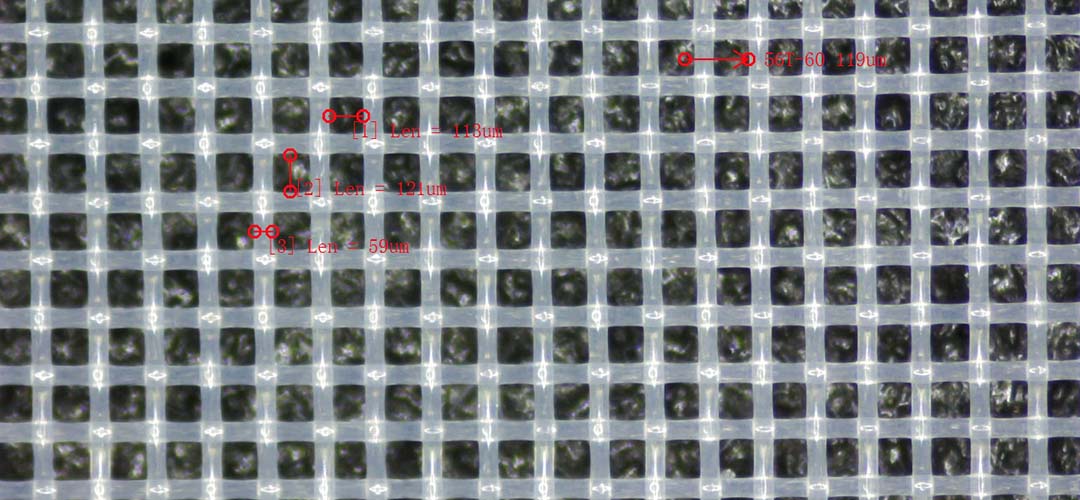
| Class | Mesh Size (/cm) |
Mesh Size (/inch) |
Thread Dia (um) |
Mesh Opening (um) |
Thickness (um) |
Gross Weight (g/m2) |
| NL4/1950 | 4 | 10 | 550 | 1950 | 1100 | 307 |
| NL5/1500 | 5 | 13 | 500 | 1500 | 1000 | 318 |
| NL6/1267 | 6 | 15 | 400 | 1267 | 800 | 244 |
| NL7/1079 | 7 | 18 | 350 | 1079 | 700 | 218 |
| NL8/900 | 8 | 20 | 350 | 900 | 700 | 249 |
| NL9/861 | 9 | 23 | 250 | 861 | 500 | 143 |
| NL9/811 | 9 | 23 | 300 | 811 | 600 | 206 |
| NL10/750 | 10 | 25 | 250 | 750 | 500 | 159 |
| NL10/700 | 10 | 25 | 300 | 700 | 600 | 229 |
| NL12/583 | 12 | 30 | 250 | 583 | 500 | 191 |
| NL12/533 | 12 | 30 | 300 | 533 | 600 | 274 |
| NL14/514 | 14 | 36 | 200 | 514 | 340 | 142 |
| NL16/425 | 16 | 40 | 200 | 425 | 340 | 160 |
| NL20/350 | 20 | 50 | 150 | 350 | 255 | 113 |
| NL20/300 | 20 | 50 | 200 | 300 | 340 | 200 |
| NL24/267 | 24 | 60 | 150 | 267 | 255 | 135 |
| NL28/237 | 28 | 70 | 120 | 237 | 204 | 101 |
| NL30/213 | 30 | 76 | 120 | 213 | 204 | 110 |
| NL32/213 | 32 | 80 | 100 | 213 | 170 | 80 |
| NL36/178 | 36 | 90 | 100 | 178 | 170 | 90 |
| NL40/150 | 40 | 100 | 100 | 150 | 170 | 100 |
| NL43/153 | 43 | 110 | 80 | 153 | 136 | 70 |
| NL48/128 | 48 | 120 | 80 | 128 | 136 | 77 |
| NL56/119 | 56 | 140 | 60 | 119 | 102 | 50 |
| NL64/96 | 64 | 160 | 60 | 96 | 102 | 58 |
| NL72/89 | 72 | 180 | 50 | 89 | 85 | 45 |
| NL80/75 | 80 | 200 | 50 | 75 | 85 | 50 |
| NL100/57 | 100 | 250 | 43 | 57 | 73 | 46 |
| NL110/48 | 110 | 280 | 43 | 48 | 73 | 52 |
| NL120/48 | 120 | 300 | 35 | 48 | 60 | 37 |
| NL120/40 | 120 | 300 | 43 | 40 | 73 | 55 |
| NL130/42 | 130 | 330 | 35 | 42 | 60 | 40 |
| NL130/34 | 130 | 330 | 43 | 34 | 73 | 61 |
| NL140/36 | 140 | 350 | 35 | 36 | 60 | 43 |
| NL157/25 | 157 | 400 | 43 | 25 | 73 | 74 |
| NL180/20 | 180 | 450 | 39 | 20 | 66 | 68 |
| NL200/15 | 200 | 500 | 39 | 15 | 66 | 76 |
| NL220/10 | 220 | 550 | 39 | 10 | 66 | 84 |
| NL240/5 | 240 | 600 | 39 | 5 | 66 | 91 |
Another benefit of Nitex nylon mesh is its resistance to corrosion and chemical damage. Unlike metal sieves, which can rust or react with certain chemicals, Nitex nylon mesh is highly resistant to corrosion and can withstand exposure to a wide range of solvents and reagents. This makes Nitex nylon mesh an ideal choice for laboratory applications where chemical compatibility is a concern.
In addition to its durability and chemical resistance, Nitex nylon mesh is also easy to clean and maintain. Unlike metal sieves, which can be difficult to clean and prone to clogging, Nitex nylon mesh can be easily rinsed with water or cleaned with a mild detergent. This ease of maintenance not only saves time and effort but also helps to ensure the accuracy and reliability of particle size analysis results.
Furthermore, Nitex nylon mesh is available in a wide range of pore sizes, allowing researchers to tailor their sieves to specific applications. Whether analyzing fine powders or coarse aggregates, there is a Nitex nylon mesh sieve to suit every need. This versatility makes Nitex nylon mesh a valuable tool for researchers working in diverse fields and industries.
In conclusion, Nitex nylon mesh is a valuable asset in the laboratory, particularly in the realm of particle size analysis. Its uniform pore size distribution, resistance to corrosion and chemical damage, ease of cleaning, and versatility make it an ideal choice for researchers and scientists seeking accurate and reliable results. By choosing Nitex nylon mesh sieves, laboratories can enhance their accuracy and efficiency, leading to better outcomes and advancements in research and development.
Pre: Pumps Desjoyaux Swimming Pool Filter Bag
Next: How Nylon Plastic Mesh is Used in Agriculture, Filtration, and More

MACROKUN has established long-term and stable cooperative relations with many transportation companies such as China Post, DHL, FEDEX, USPS, UPS, etc. Of course, MACROKUN can also provide air and sea transportation. The powerful logistics system enables all MACROKUN'S Printing Mesh, Filter Mesh and Filter Bags and so on to be easily and efficiently transported to any place. For quotes and inquiries, please email our sales team.
